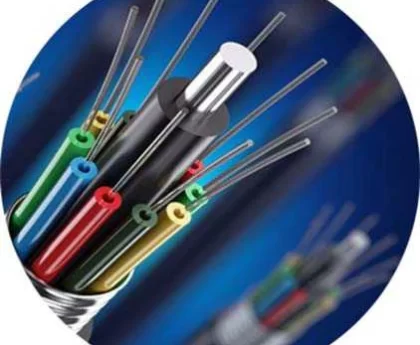Recently, a netizen left me a message saying that the United States and TSMC are now partners, and the chip technology has reached 3 nm, while SMIC International only has 14 nm, which is a big gap. If we fight, won’t the weapons fall far behind? Because one uses a 3nm chip and the other uses a 14nm chip, the more advanced the chip technology and the stronger the performance, the greater the power of the weapon.
Seriously, many people may have such doubts because in the past, these wafer factories have claimed that advanced technology can bring higher performance and lower power consumption,
However, this generally only applies to consumer chips.
For example, a 3nm mobile phone chip is indeed better than a 14nm mobile phone chip. If you don’t believe it, compare the apple A15 with the apple A9. A15 directly crushes the A9.
Why should we improve the process of the chip? The reason is that after process improvement, chips of the same size have higher performance and lower power consumption. Please note this prerequisite.
The performance of a chip ultimately depends on the number of transistors in it. Transistors represent logic switches. The more logical switches, the stronger the performance.
Regardless of chip size, as long as more transistors than 3 nm are inserted into a 20 nm chip, the performance of a 20 nm chip can exceed that of a 3 nm chip, but the volume of a 20 nm chip will be much larger than that of a 3 nm chip.
Therefore, technology is not the only criterion for determining performance. However, in mobile phones, due to limited internal space, small size and strong performance are required to continuously upgrade technology.
Military products do not really care about size. If we really want to achieve high performance, we can make the chip larger, using 20 nm or even 40 nm technology, we can also achieve high performance.
In fact, military weapons require chips that do not seek performance, but stability and reliability.
In military weapons, there are fewer general-purpose chips such as CPU and Soc that require comprehensive computing power, while there are more specialized chips such as ASIC, FPGA, and ASSP.
These chips focus on executing a command without requiring too much performance, as long as they are stable and reliable. Experiments have shown that the more advanced the technology, the poorer the stability. The more backward the technology, the better the stability. I don’t believe you watch the rover. For stability, a 130 nm chip is still used.
Globally, 65nm and 90nm chips are currently used in most military weapons and combat aircraft. For example, in the Russia-Ukraine conflict, 90nm and 65nm chips were widely used for weapons, aircraft and tanks.
So we don’t have to worry about chip technology, which has left us behind in military weapons.
In addition, I want to tell you a secret. Although we do not have an EUV lithography machine, we actually have another device – an electron beam lithography machine. Its function is very similar to that of a lithography machine. The chip can be fabricated by high-energy electron beam lithography, with a processing accuracy of less than 10 nanometers. The superconducting quantum chips produced by China using this equipment and China’s current advanced manufacturing processes are produced using this machine.
It’s just that its efficiency is very low, so it can’t produce chips on a large scale. However, there is no problem with small quantities of production. Military weapons are produced at all costs and will not be produced on a large scale. So even if we really want to produce chips below 10 nm, it can be achieved. don’t worry. https://forum.stoneitech.com/




